
The beauty of RV living is how much diverse camping you can do, from luxury RV resorts to remote and secluded state parks. But doing that all the time can be costly. We have the unique opportunity to spend less or stay in places for free by learning how to boondock.
When I decided to go into RV Living full-time, I wanted the flexibility to stay in places for an extended period of time without hookups. And because of that, I’m able to save more money and have a variety of places to camp all across the country. Boondocking gives you more flexibility than relying on a camping spot at popular campgrounds with hookups.
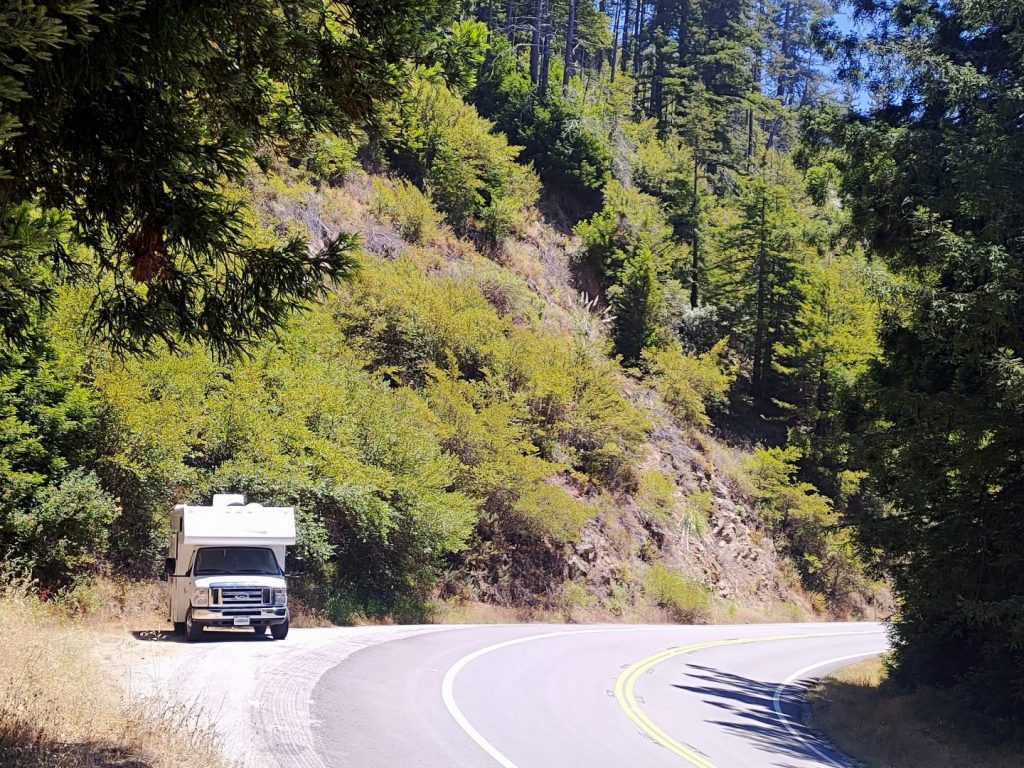
In this article, I want to share how to be able to prepare your camper for boondocking.
What is Boondocking?
The term boondocking means to camp with no hookups, meaning not plugged into shore power, water or sewer. Aka, off-grid camping. When I first got into RVing full time, I made it a priority to make my RV boondock ready, meaning I could go a max of 2 weeks (sometimes more) camping off-grid.
To be successful in this, keep these key things in mind:
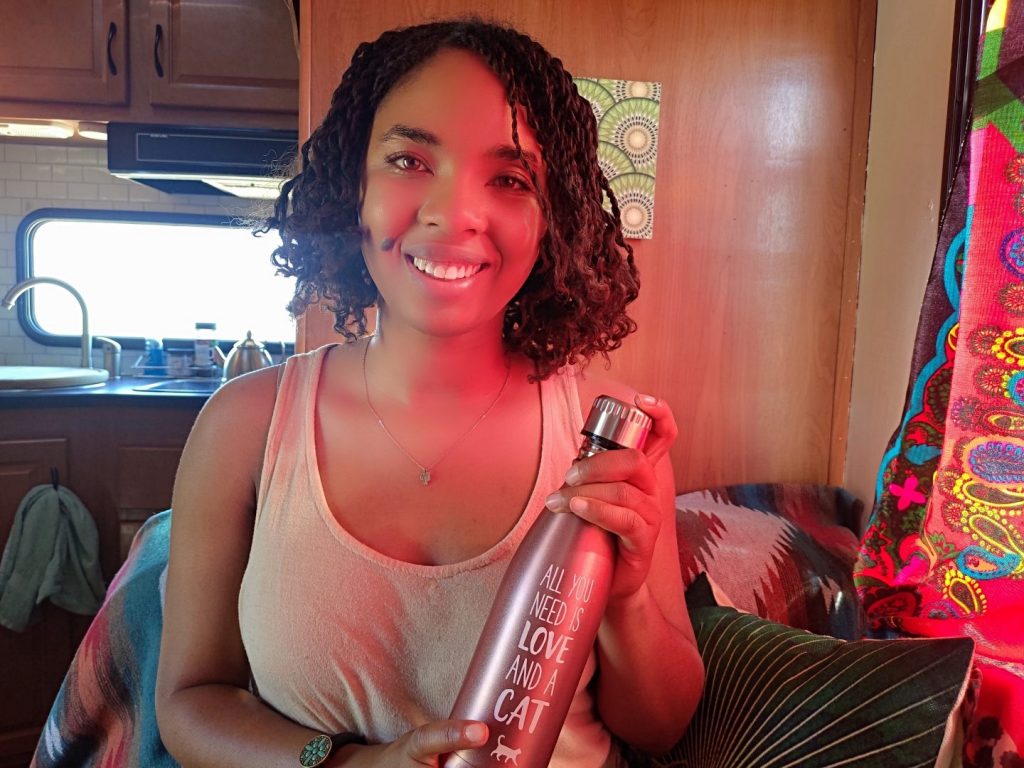
1. Water
The great thing with RVs and campers is you have the ability to store water in your holding tank. Knowing how much water you consume per day will help you determine how long you can dry camp.
How much water do you use to do your dishes? Think about alternatives to washing dishes, like using paper plates or using spray bottles for your dishes. It can help you save water as you boondock.
When it comes to showering, having alternative ways to clean, like investing in a solar shower, learning how to take a military-style shower, or getting some wet wipes for days when you don’t get too dirty can help you save money and water.
Some boondocking sites might have facilities within the campground you can use.
2. Electricity
Having a way to charge your phone and electronics is an important step in being comfortable and safe while boondocking. Your camper will have a house battery that can be used without being plugged in, but depending on your RV, you might be limited in what you can use. For example, your battery might only be able to be used off-grid to power your lights.
That’s why additional energy needs to be considered. Most campers should come with an oil generator or you can buy a portable one. While it’s great to have this option, it can also create a lot of noise, so be mindful when using it if you have camping neighbors. Another option that I personally use is a solar generator. This is a generator that can be charged with solar panels, plugged into shore power, or charged with your cigarette lighter fuse while driving. I love it because it gives you the independence you need to charge your laptop, phone, and all electronics.
Another popular alternative is installing solar panels. Solar is great because it creates no noise and can keep your house battery charged. The downside is the upfront price and installation might be costly. But once installed, you have an off-grid wheelhouse that can make you independent from having to rely on hookups at campgrounds.
3. Heating and Cooling
With boondocking, the best way to keep your home on wheels at a good temperature is by following the weather. If it’s hot in most places, find a boondocking spot that’s at a higher elevation, where the temps can be up to 10 degrees cooler than in the valley. And in the colder months, head down south or the valley to keep nice and warm.
You can also help keep your RV temperature controlled by using items like Reflectix on the windows and vents to prevent your cooling/heating from escaping. Having a wardrobe that can be layered also helps with keeping your body temps comfortable for you.
Most campers come with a furnace, that should run on propane, and an A/C that can run with your house generator or solar power.
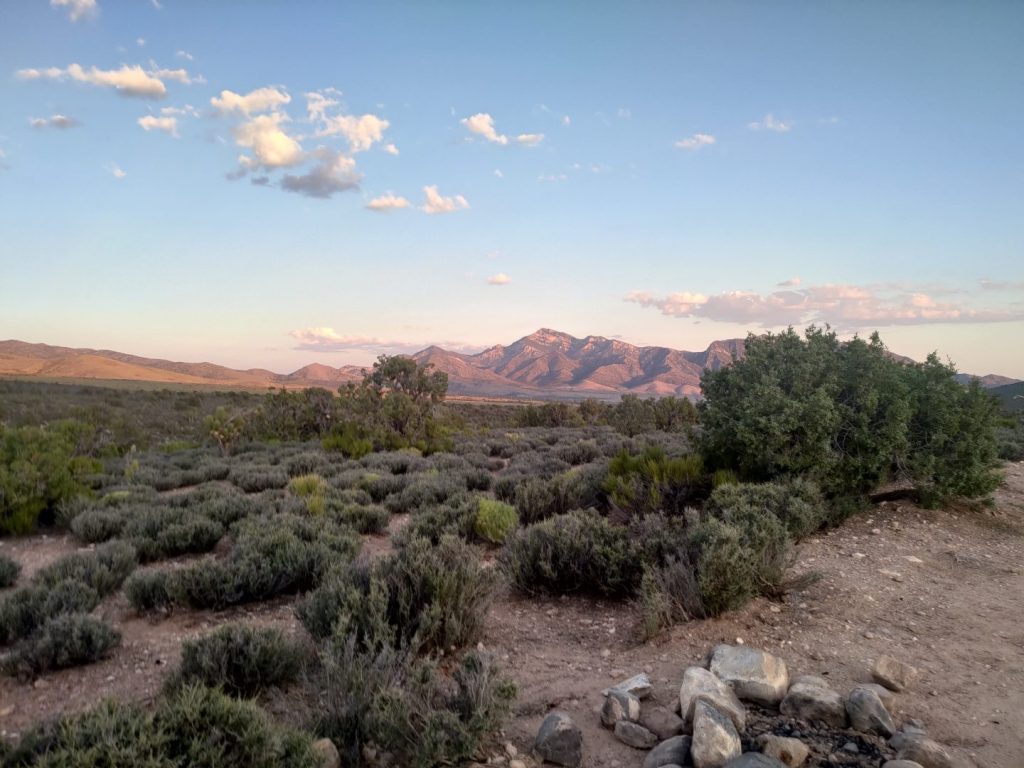
4. Food
Knowing how much food to bring when going boondocking can be tricky. My rule of thumb is to meal prep. Consider the number of days you want to dry camp and the meals you can create, then stretch for the amount of days you expect to be gone.
5. Sewer & Waste
There are different options for storing sewer waste while boondocking. Some people use their black holding tank, while others get rid of their black tank altogether and invest in a composting toilet. I switched to a composting toilet in my RV because it is easier to clean and manage than a black tank.
For trash, I make sure to get rid of most of my waste while I’m in town. One way to save on waste is prepping when I go grocery shopping. When I take my groceries to my RV, I will transfer my packaged food into containers. I usually find I can recycle and throw away the boxes and bags at the store.
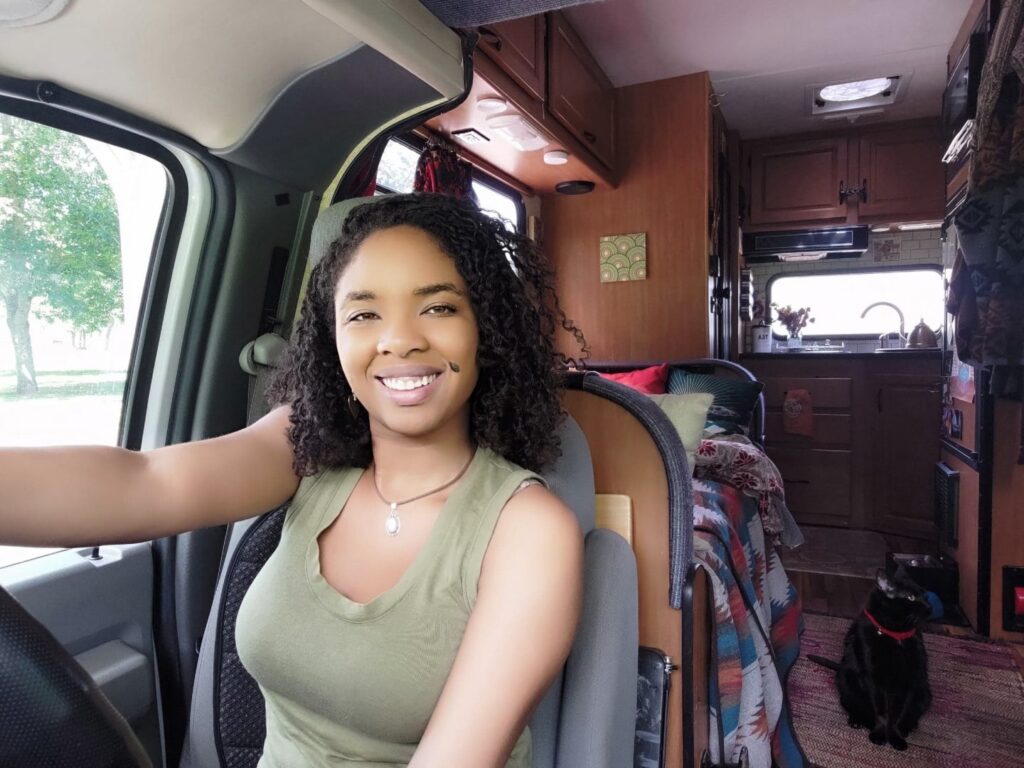
6. Where to find Boondocking Sites?
The good news is, that boondocking sites can be found anywhere. Campgrounds offer non-hookup options that should be cheaper than a full hookup site but comes with all the amenities the campsite has to offer.
If you have a small size rig, you can ask to stay in tent-size areas at campgrounds which can save you money. Memberships like Harvest Hosts give you so many interesting places to camp all throughout the country.
Harvest Hosts
One of my favorite ways to boondock is using Harvest Host.
Harvest Host gives plenty of options to stay at restaurants and vineyards. It gives you a unique opportunity to try local food while having a place to get a good nights rest in your camper. (Save 15% off your membership with code RVSHARE!)
BLM Sites
If you are looking for free, boondocking sites, Dispersed Camping on BLM land is the best option. BLM stands for Bureau of Land Management. This is primitive public land any person can camp for up to 14 nights. (Check each BLM Spot for the max days you can stay).
After the max amount of days, you have to move your campsite. To find BLM sites all across the country, you can use these guides to find campgrounds in your area. Or using apps like FreeRoam and Free Campsites.net can show you a variety of BLM parks you can stay at for free, all across the country.
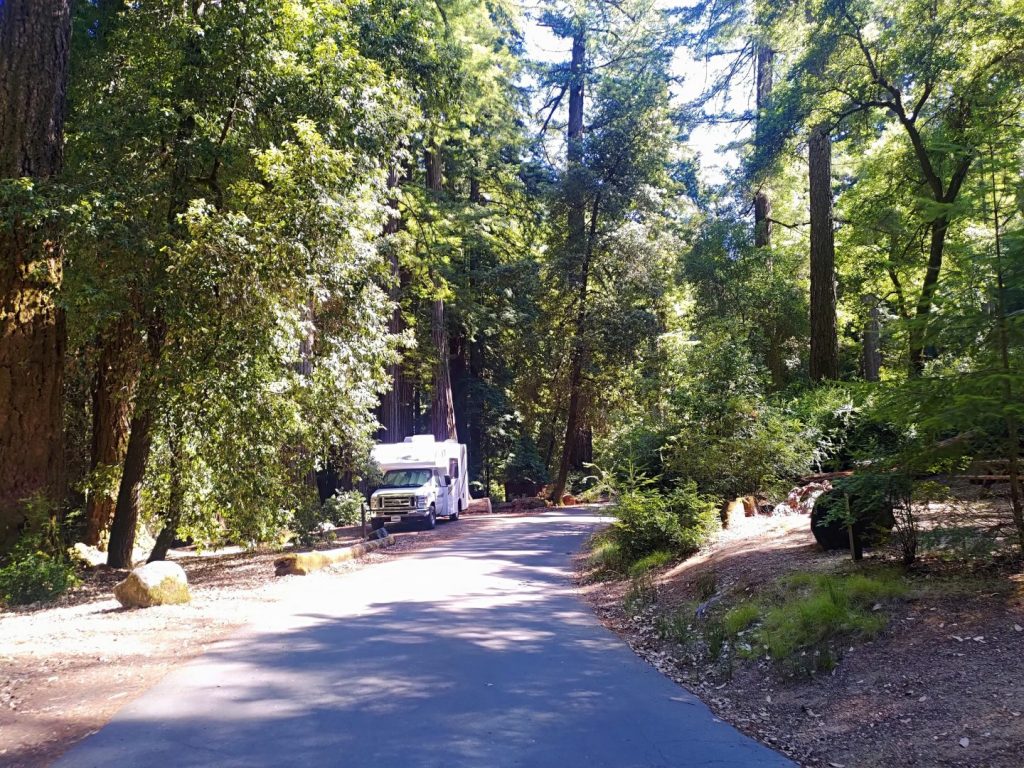
I hope this article helps you be more prepared for boondocking!
Till next time,
Vanna Mae
About the author: Vanna Mae is a visual artist and influencer, traveling around the country in her 19ft Class C RV with her cat Indigo. Keep up with their adventures on Instagram @artistontheroam and on YouTube.
This post contains affiliate links. RVshare may receive compensation if you make a purchase after clicking on a product link.
